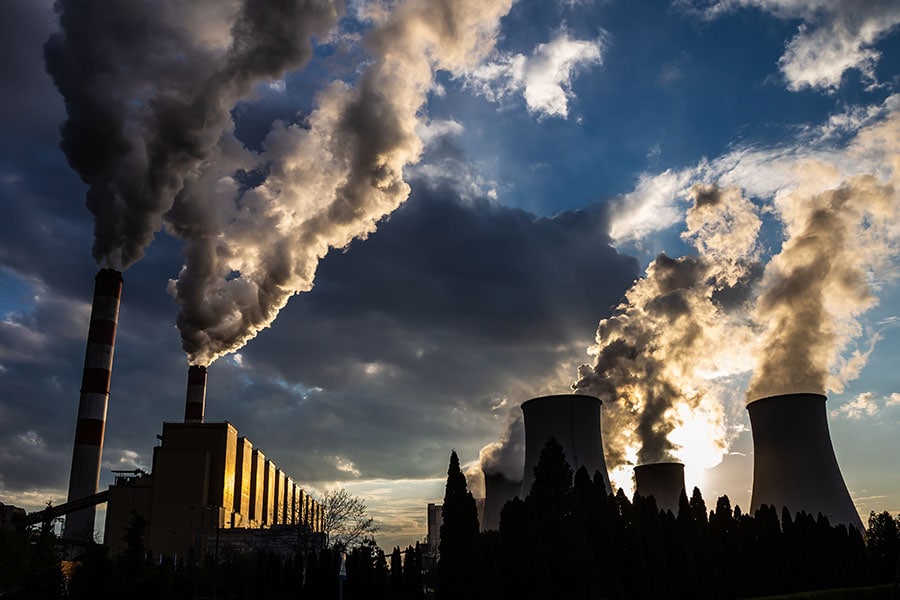
Decarbonisation may impact Indian household spending and jobs: McKinsey & Company report
The analysis shows that this would be largely balanced by lower costs for energy and transport. The benefits of a well-planned, orderly, accelerated transition would outweigh the downsides, given India's growth outlook, say experts
 Accelerated decarbonisation could transform over 30 million jobs—24 million new jobs could be created while six million existing jobs could be lost by 2050. Image: Shutterstock
Accelerated decarbonisation could transform over 30 million jobs—24 million new jobs could be created while six million existing jobs could be lost by 2050. Image: Shutterstock
As countries across the world accelerate efforts towards becoming carbon-neutral, challenges for India continue to remain steep despite its several proactive steps and commitments. Accelerated decarbonisation may have a moderate impact on Indian household spending and on jobs, according to McKinsey & Company’s report titled: ‘Decarbonising India: Charting a pathway for sustainable growth’.
McKinsey’s estimates show that by 2040, increased housing cost from decarbonisation may have an adverse income impact on lower-income groups. However, this would be largely balanced by lower costs for energy and transport, as there is likely to be a limited impact of climate change on food costs as well, and decrease in the costs of energy and transport. The estimates presume an orderly transition, but there is a disorderly transition, the inflationary impact on people with low or no income could be adverse, it adds.
“This also assumes that households can mobilise financing for spends where the capex is higher upfront even though the opex is lower later. Without this support, their upfront capital expenditure may go up,” according to the report. Accelerated decarbonisation could transform over 30 million jobs—24 million new jobs could be created while six million existing jobs could be lost by 2050. However, this number is relatively small in the context of the macro trends affecting India’s workforce. Specific communities, for instance, coal mining and associated enterprises could be adversely impacted as those would require re-skilling and alternative industrial development in particular areas.
Decarbonisation means reduction of carbon dioxide emissions resulting from human activity, with the eventual goal of eliminating them. At COP26, India set out its plan to help slow down and halt global warming, with a 2070 net-zero target.
Analysis done by McKinsey shows that the transition for India though difficult is feasible, and could even be accelerated. However, it does not foresee India getting all the way to net zero in either of our scenarios—‘the last 10 percent will be particularly difficult to decarbonise’.







